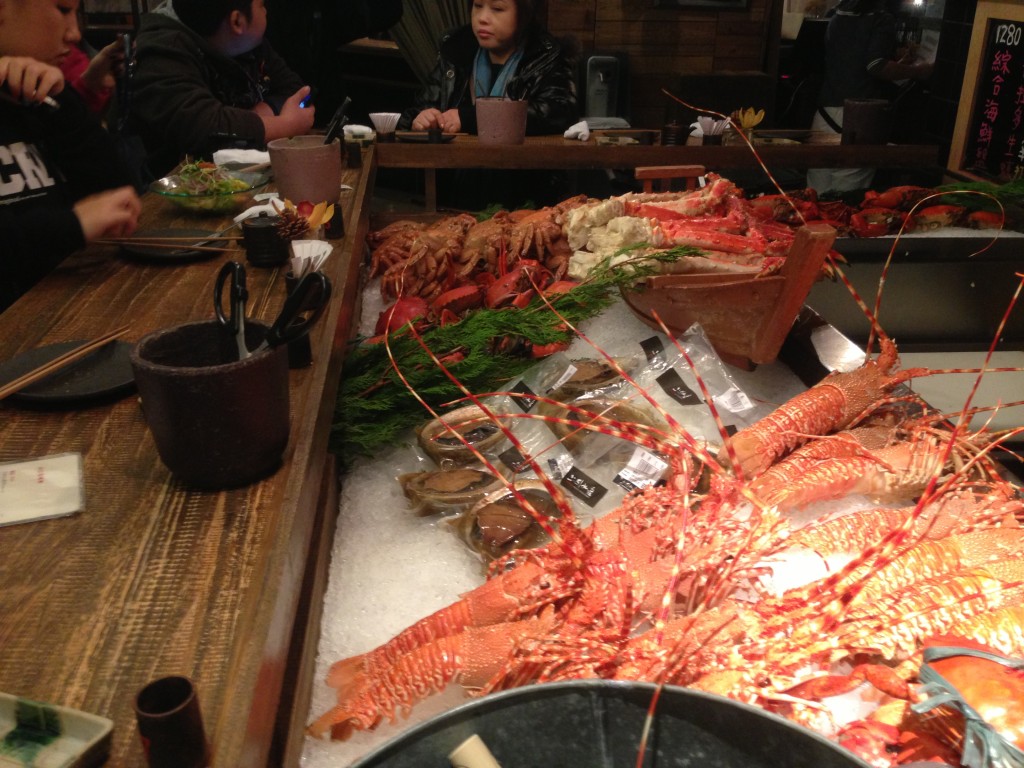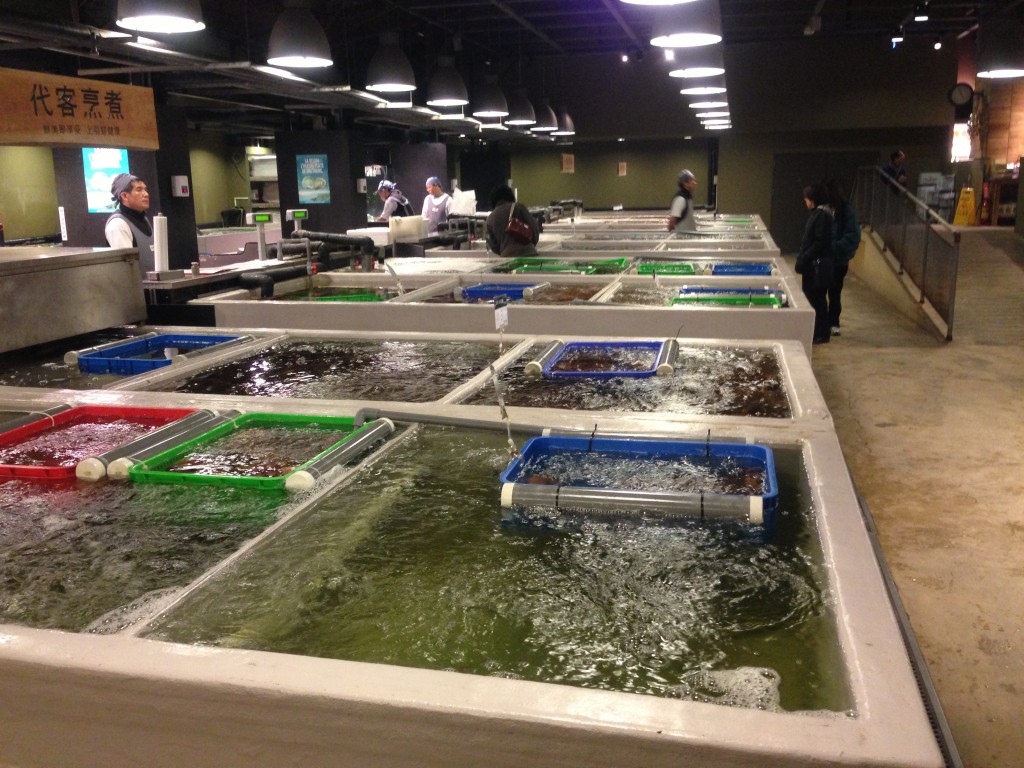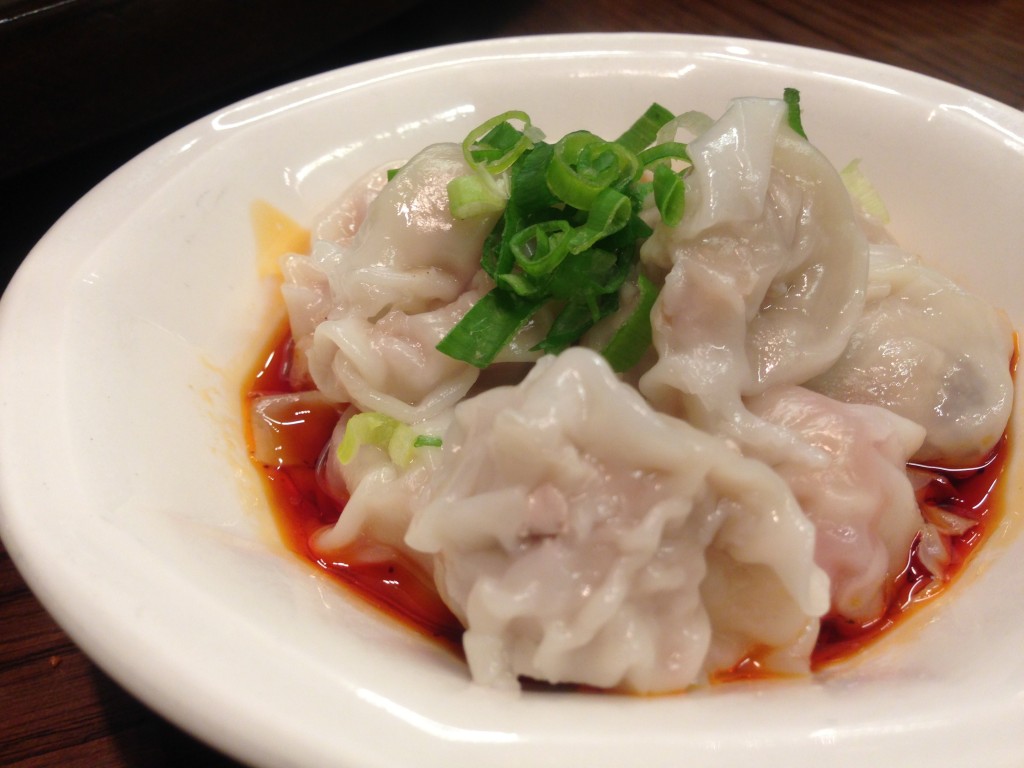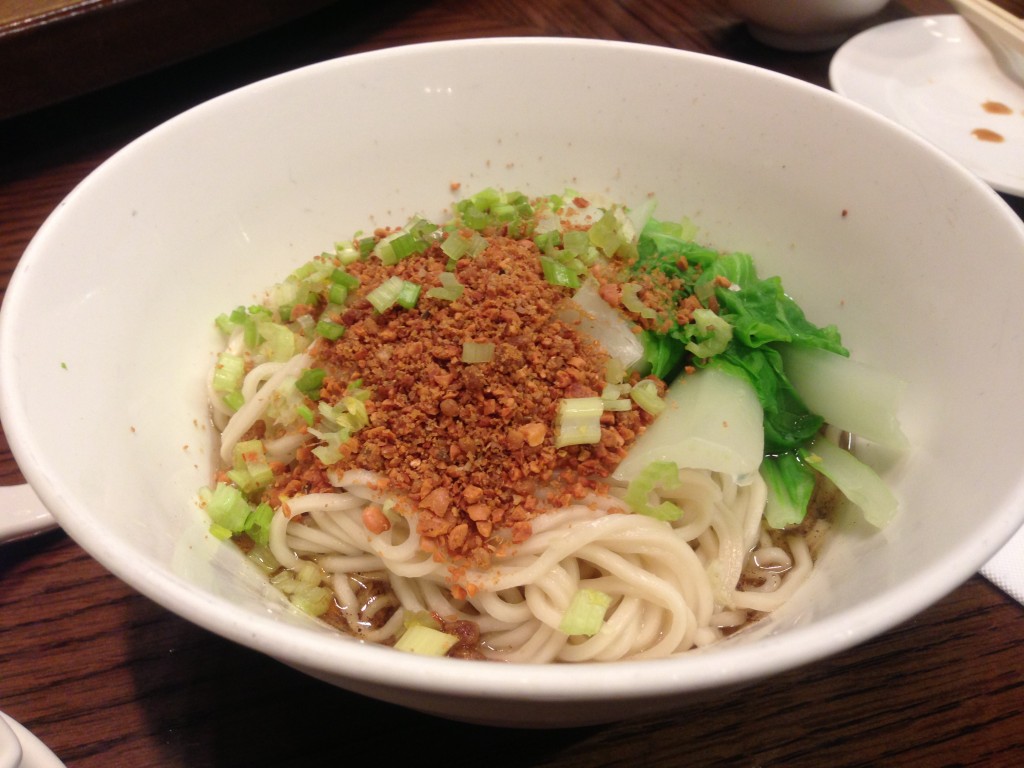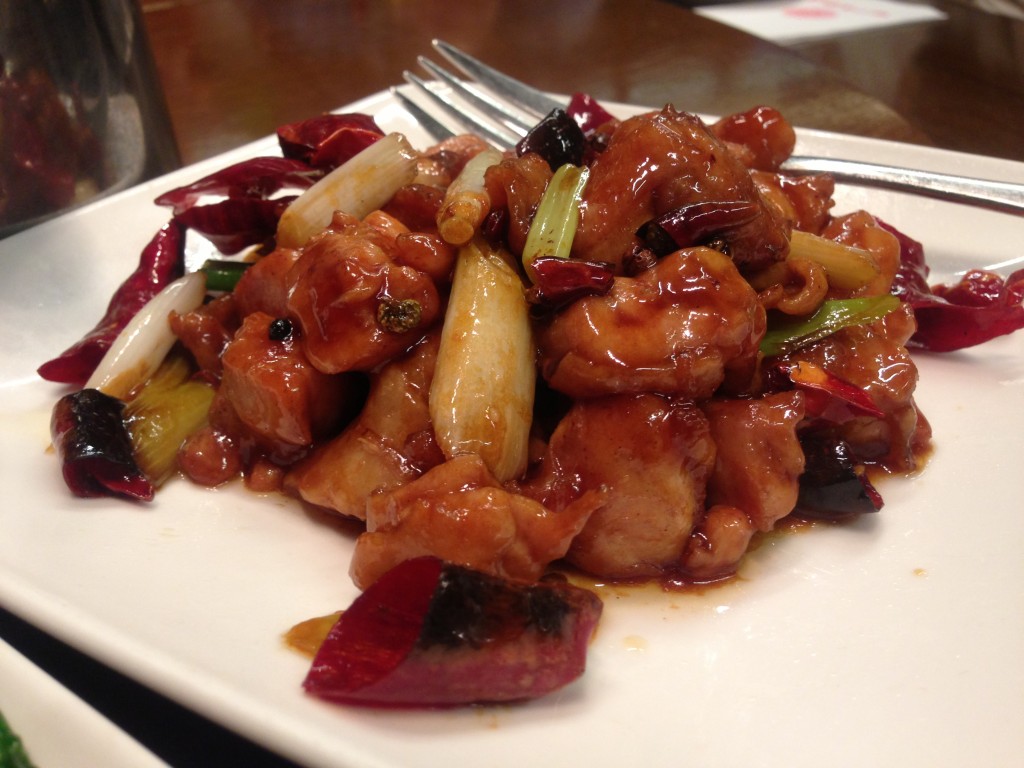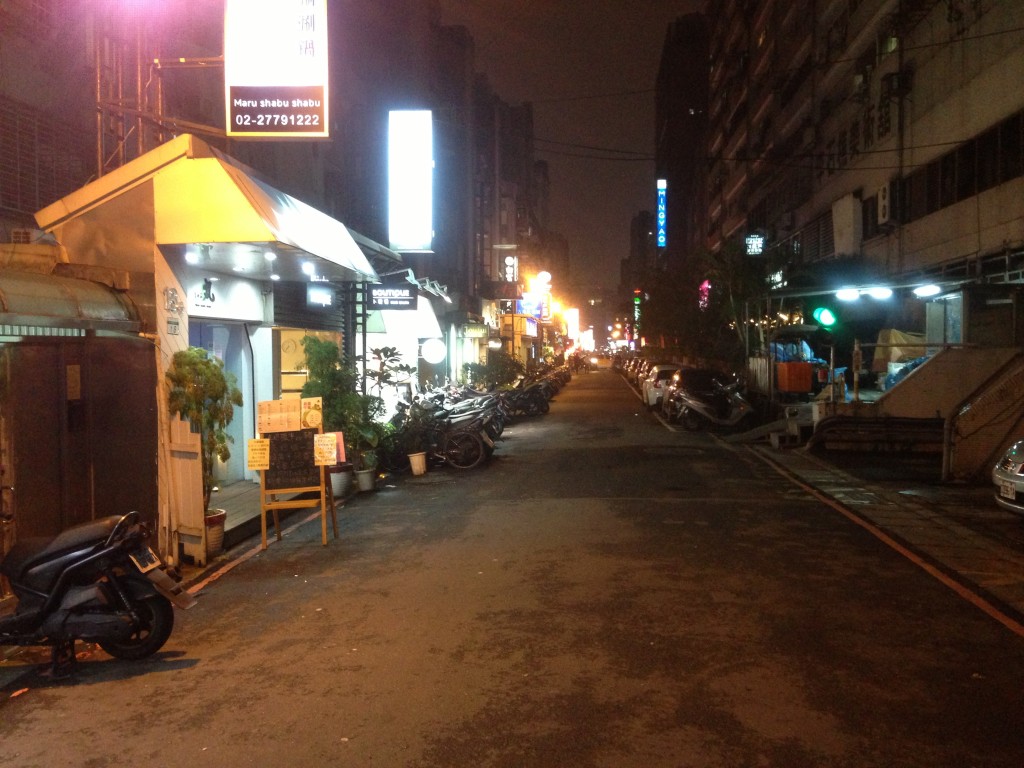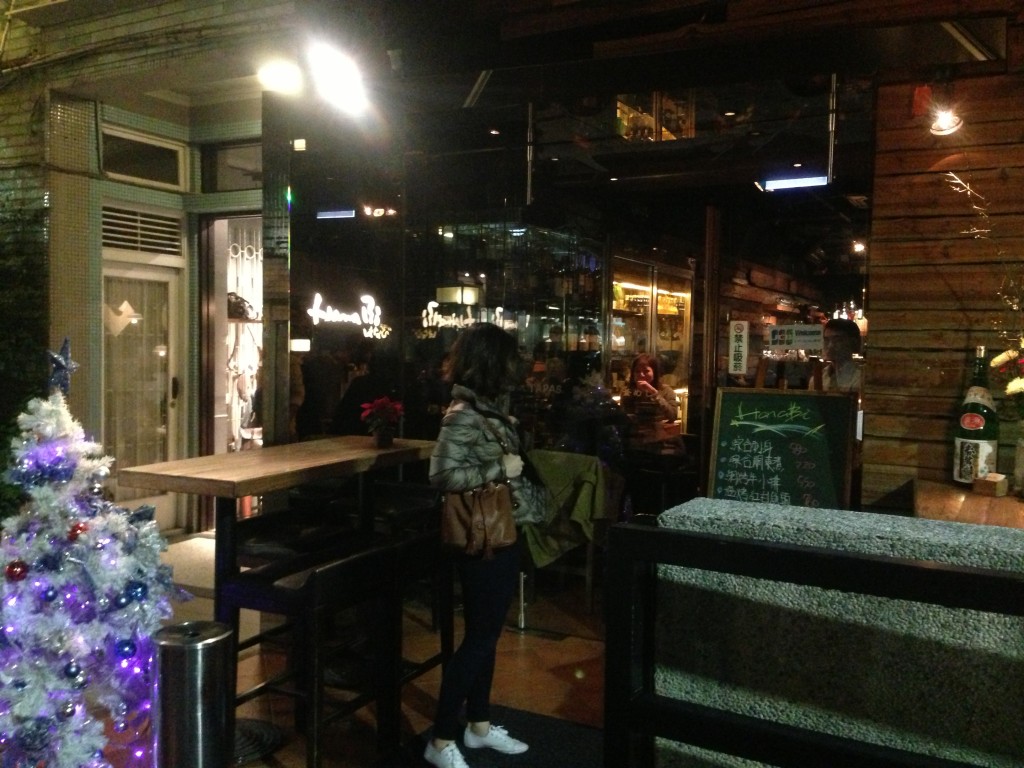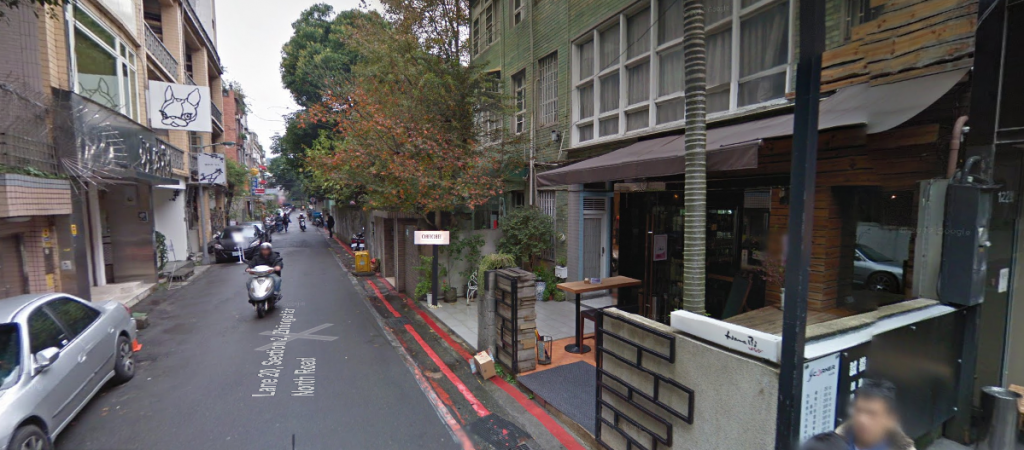Smart Asia Getaways
Discover Asia, the smart way
Taipei Adventure One – Fish Market, Spicy Wontons, HanaBi Bar
The fish market that drew its inspiration from the much larger, much older Tsujiki Market in Tokyo is part…um…fish market, part tapas bar, part night market, part izakaya, and part Portland gastro-microbrewery. No, I’m not being hyperbolic. Intrigued yet?
Allow us to take it upon ourselves to program a complete end-to-end day/evening trip in Taiwan’s largest city. What could possibly go wrong?
In our defense, we did ask some locals, and read a bundle of local guidebooks and a terabyte of local blogs. And I think we fared pretty well, if I may say so. Well enough to recommend the excursion to you, the reader.
Taipei Fish Market
No. 20, Alley 2, Lane 410, Mínzú East Rd, Zhongshan District, Taipei City, Taiwan 104
In case the heading didn’t make it clear, we start at the fish market.
There’s a category of things here that you can imagine by relating it to something you’ve already experienced – the Taipei 101 to the John Hancock Center in Chicago, for instance – then there’s a category for which you have no context at-all to imagine, and the fish market that drew its inspiration from the much larger, much older Tsujiki Market in Tokyo, that’s part…um…fish market, part tapas bar, part night market, part izakaya, and part Portland gastro-microbrewery, is one of those. No, I’m not being hyperbolic. Intrigued yet?
The market, which occupies an entire (big) city block in Taipei’s vast Da An “neighborhood”, encompasses two warehouse-style buildings with assorted aquariums and freezers, an open courtyard between them, and a Whole-Foods-style upscale grocery store connected to no fewer than four gastropubs under a single roof.
You enter through the high-ceiling aquarium room – after an attendant spritzes sanitizer on your hands – then walk up a ramp to the grocery store/pubs. The building’s central partition extends probably 100 meters, and bisects the already long room into two narrow bars. Both serve variations on a sashimi/seafood tapas menu, though the portion sizes – and prices – are higher at the spot closest to the north wall. (There’s no need to remember any of this – you’ll enjoy discovering it on your own.)
There’s also an outdoor eating area for the budget minded – you can simply purchase ready-to-eat seafood from the grocery store and eat it at one of the picnic-style tables in the foyer – with its own micro-wine-bar, like a BYOB, except they sell you the beer and wine.
The central courtyard, it bears mentioning, is also a restaurant – a good one, by the looks-of-it – that serves izakaya style skewered meat, from fresh shrimp to chicken, pork, and beef – but a dry one, as of the time of our visit. Which is why we moved on.
We settled for the larger-portioned of the two long tapas bars – the one by the back wall in the central building – and ordered two glasses of excellent western white wine (probably chardonay, though they didn’t say), and it was this experience which gave rise to my solitary criticism of the entire venture, and inspired me to add a word of advice. Criticism – the wine servings are insultingly small, of a size New Yorkers or Napa patrons would never pay for: a portion more like that of a tasting flight, and skimpy by even that standard. So the word-of-advice to future patrons is don’t fear being labeled a cheapskate or a lush. Ask politely for more. You paid nearly $5 for the glass, and they should provide commensurate value if they want your business. They’ll probably decline politely, citing policy, in which case you can let the subject drop, but you’ve made your point. If enough patrons complain, it will change.
Anyway: the fish. Quite simply some of the best I’ve ever had. The quality and freshness lived up to expectations, but the flavor dimensions the chef was able to coax out of our ingredients deserve extra mention. I regret not sampling any of the abundant crab or lobster, and plan to do so on future visits.
The fact that the skimpiness of the wine portions barely diminished the excellence of the experience is testament to the overall quality of the Fish Market (and probably among the reasons they can get away with the skimp).
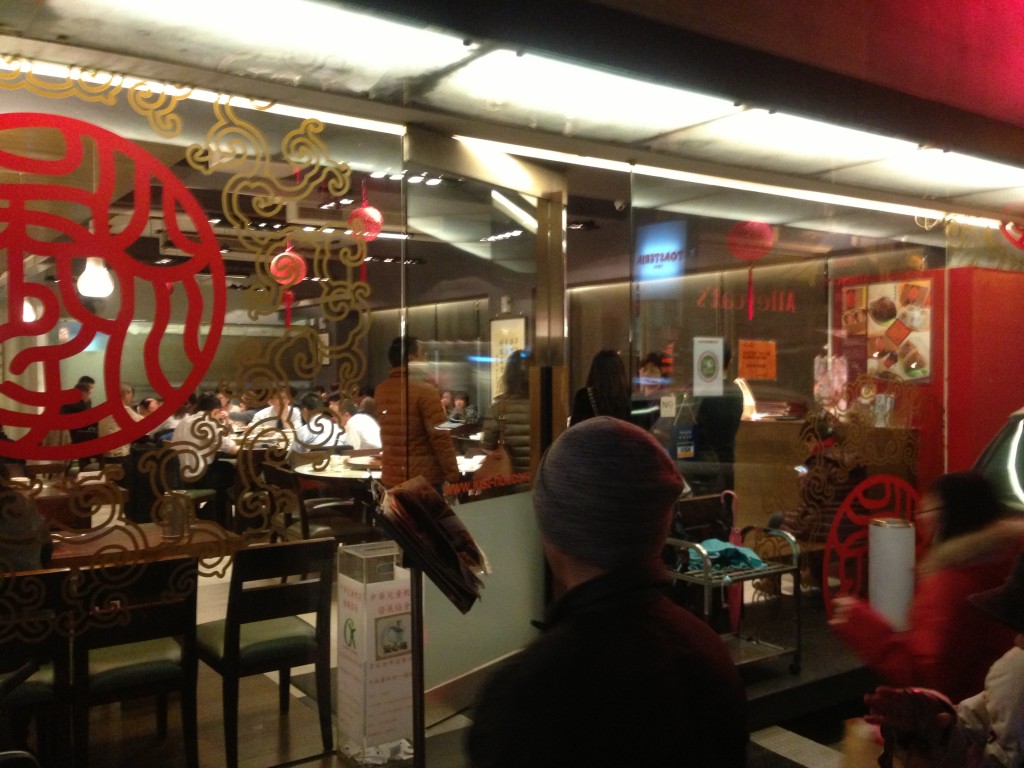
Take Note – though the address says Zhongxiao East Road, Chuanzhuan is actually tucked away on a side street.
Chuan Zhuan Zhi Wei (川饌之味)
No. 250-3, Sec. 4, Zhongxiao East Rd., Daan District, Taipei
I’ve seen the name of this resturant translated as Sichuan Chili House on some English Language blogs.
We discovered it through Youtube. (Language comprehension not necessary for amusement/mouthwatering.) Hongyou Chaoshou (紅油抄手 – “Hong [long O] Yo Chow Show”) is a mainland Chinese delicacy popular in Taiwan. (The “hongyou” means “red oil”.) I’ve seen it translated several ways, but Sichuan Chili Wontons is probably the most accurate. Imagine a soup wonton with extremely thin rice flour skin, then add hot oil and spices. The truffle version at Din Tai Fung is divine, but Chuan Zhuan is nationally famous for their Chaoshou.
Let’s back up. Feeling just- satiated-enough by sashimi to take the edge off the annoying wine portions at the Fish Market, Chih-Yu and I resolved to eat and drink until death. Not really – it’s an expression (吃到死 – Chi Dao Si – sounds like it reads) meaning eat until death arrives, and in all of five hours of Taipei we were beginning to grasp the meaning. (“Hungry to death”, in case you’re wondering, is also common parlance, in my kind of country.) What’s the perfect meal to follow the Atkins-friendly sashimi-salad-with-wine-taste? Every permutation of carbohydrate that comes in noodle, dumpling, or wonton form. Chuanzhuan was one of two possibilities on our list, and after a quick huddle, we decided “no brainer” and hopped on Taipei’s excellent subway for a ten-minute ride to the trendy Zhongxiao Dunhua neighborhood.
We’ll start with the main attraction. The chili wontons delivered the oomph, with subtlety and simplicity. Whereas analogs in the US – for instance at Flushing’s excellent Gu Xiang – are heavy on the pepper, Chuanzhuan’s were more holistic, with finely shredded pork filling similar to that of xiaolongbao (see the Din Tai Fung article), deriving their flavor from multiple dimensions.
We followed the chaoshou up with a specialty: it’s not Zhajiang Mian, it’s not Dan Dan Mian (which, I’m sure, clears things right up). It’s a “dry” (meaning “not in soup”, though it does include a little broth) noodle similar to those you find in Zhajiang Mian or beef noodle soup, with the restaurant’s signature sauce, topped with crushed peanuts and crispy onions, and finished with cabbage.
Of Course we couldn’t stop there. This being a Sichuan restaurant, we had to try some dry chicken with red pepper flakes, a dish we’ve grown to like from both Grand Sichuan and Metro Cafe in New York.
Grand Sichuan’s, by the way, is pretty amazing. Fresh free-range chicken, bold taste, wince-inducing level-of-heat. Like the chicken we ate in Hong Kong, Chuanzhuan’s was less overwhelming but more welcoming, with a round, balanced flavor profile. Subtlety rules, and chefs coax other flavors than simple heat from their peppers.
Another experience-without-western-analog is the narrow-street pedestrian haunts that speckle Taipei and are part SoHo, part Portobello Road, part Williamsburg, part mainland Hu Tong. (If you’ve been to Japan, you’ll know what I’m talking about.) Feeling like a walk after our gargantuan meal, before settling into some Taipei bar culture, we explored the back streets of Zhongxiao Dunhua, which featured boutique stores, beef noodle soup shops, tea and coffee shops, and a surprising number of small Japanese kitchens, serving everything from soba to yakiniku. And if they were inviting on a Thursday night at the end of December, you’re pretty much covered all-year-round. In a country famous for its night markets, backstreet walks are an underrated way to burn up a few hours. (We can vouch for Zhongxiao Dunhua’s safety, and Zhongshan’s – site of the bar we visited next – but be sure to consult your guidebook, and trust your instincts, for other walking/people-watching locations.
HanaBi
No. 1之3號, Lane 20, Section 2,
Zhōngshān North Rd, Zhongshan District
Taipei City, Taiwan 104
It was after a less-successful-but-similarly-ambitious excursion on a previous visit to Taipei that we landed at HanaBi, which ended up redeeming the night.
A word to the wise – bars close early in certain parts of Taipei. The beautiful thing about jet lag is that it renders conventional notions of “late night” obsolete. Does HanaBi close at 11pm? (It does, according to its G+ Page.) Who cares? When 7pm feels like 10pm, you can end your evening on a high note well before last-call. On this visit we were far too full to sample HanaBi’s menu, but have fond memories of soy beans, gyoza, and yakitori skewers from the last time. On that visit (December of 2007) we sat indoors and sampled some of the mixology – stiff cocktails made with an assortment of Japanese liquors. This time we opted to sit outdoors, where, despite the Christmas tree, the temperature was in the low ’60s Farenheit. (We were the only patrons this crazy, which made it quiet.)
More than anything else, I recommend HanaBi for the ambiance – it nails the low-key sophistication of a New York wine bar whilst offering a nearly bottomless menu of specialty Japanese sakes and sochus. (All in Mandarin, I should add. Two tried-and-true methods: “point-and-shoot”, or the slightly-less-seat-of-the-pants “ask for a recommendation”. “Which of these is your favorite?” is a good starter.) From the deck, we had front-row seats to the charming little street, which Google Street View captured surprisingly well.
We wound our way back to the hotel with full bellies and high spirits. Day One was in the bag. Tomorrow, Beitou, Danshui, and the Shilin Night Market.

